Can you mix niacinamide and retinol? Let’s find out.
Niacinamide and retinol have become two of the most sought-after skincare ingredients. Either of these products can help reduce blemishes, improve your skin’s complexion, and even make you look younger.
If you already use something with niacinamide and retinol of these ingredients, you may wonder if combining the two would be more effective and safe. After all, certain skincare ingredients work together to benefit your skin, while some can irritate your skin.
In this article, we’ll look at these ingredients and explore whether it’s wise to incorporate them into your skincare regimen.
Is it safe to combine Niacinamide With Retinol?
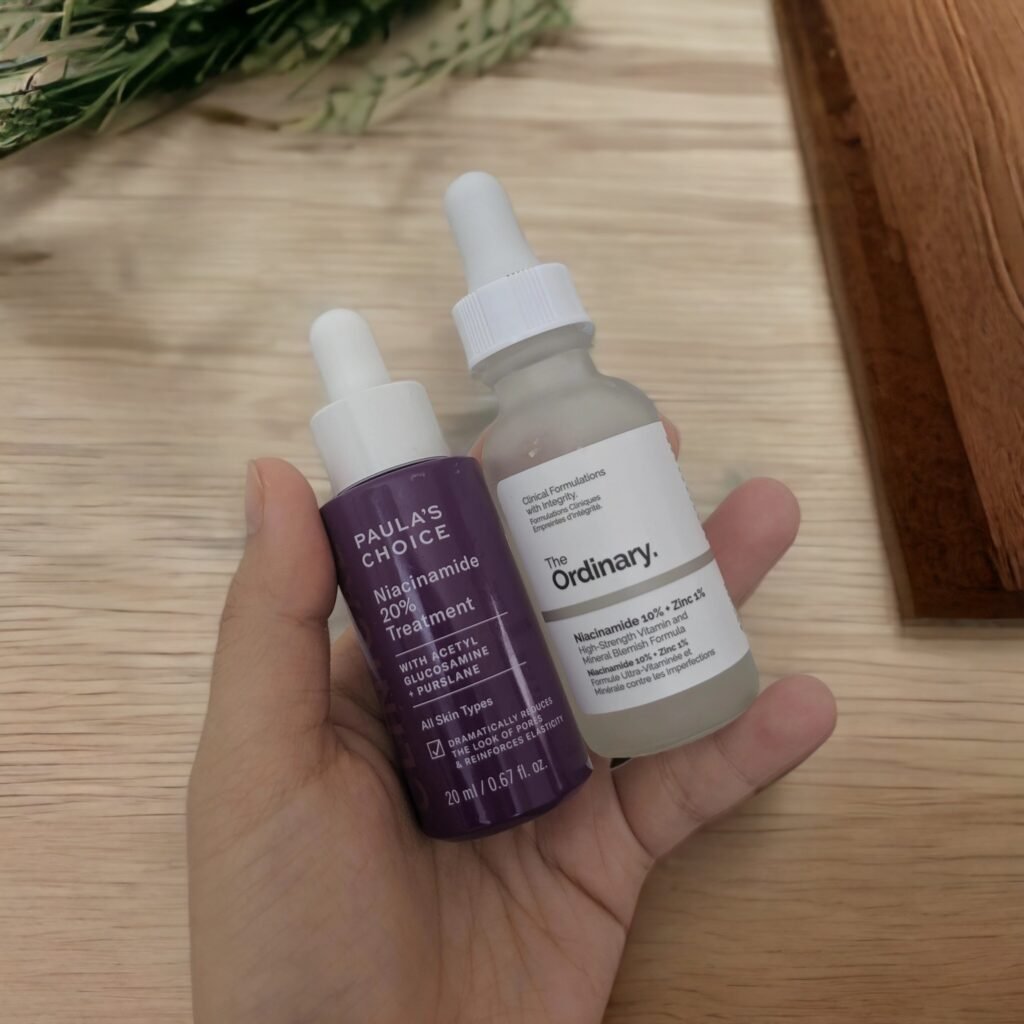
Not all skincare ingredients go well together; some mixtures can lead to adverse reactions or weaken their effectiveness. So, can you mix niacinamide and retinol? Fortunately, combining niacinamide and retinol is safe and has many advantages.
Niacinamide has anti-aging and calming properties, making it a great partner to retinol. Since retinol may lead to skin irritation initially, niacinamide can fortify your skin’s barrier and retain moisture, thus increasing your hydration levels.
A review from 2014 revealed that niacinamide could regulate nuclear factor-κB (NF-κB), a protein associated with inflammation. This anti-inflammatory property is beneficial for reducing skin irritation and redness.
A 2017 study also uncovered that it lessens the activity of cells that produce sebum, an oily and waxy substance made by the body’s sebaceous glands. This could help drop sebum production and combat breakouts.
Thanks to these advantages, niacinamide is used in many skincare items. It is generally well-tolerated, and I consider it safe to combine with retinol.
Retinoids, such as retinol, have a range of uses. A 2017 study discovered that it could help manage acne by decreasing sebum production.
Additionally, a 2015 study revealed that retinol could block enzymes that break down collagen, potentially prompting an increase in collagen production.
This can make skin more robust and reduce the visibility of wrinkles. Can you mix niacinamide and retinol? Combining retinol with niacinamide will allow you to reap the benefits of both substances.
Let’s learn more about our topic- can you mix niacinamide and retinol?
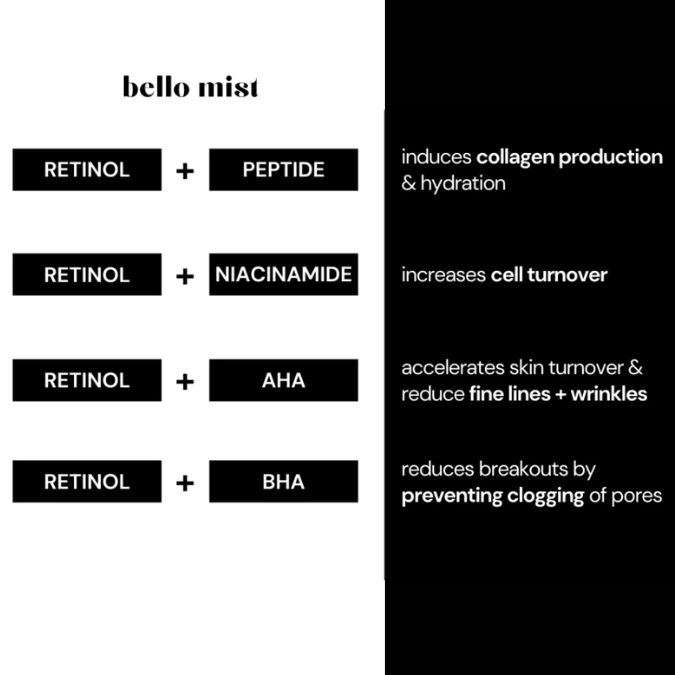
What are the benefits of mixing them together?
When determining “can you mix niacinamide with retinol,” you must know the benefits of each.
Incorporating niacinamide and retinol into your skin care regimen can provide multiple advantages. Let me explain this with the help of various studies.
In 2008, a laboratory study looked closely at the combination of niacinamide and retonic acid, which is what retinol turns into once your skin absorbs it. The study revealed that niacinamide could reduce the irritation and dryness caused by retonic acid.
Moreover, a 2017 study discovered that a retinol cream with moisturizing elements, such as niacinamide, induced less irritation than a formula with just retinol.
Using a product containing niacinamide, which helps shield the skin barrier, might enable you to experience the benefits of retinol without as many side effects.
Additionally, I looked into research that has revealed that formulas with both niacinamide and retinol can be helpful for your skin.

How often can you combine niacinamide with retinol?
Incorporating niacinamide and retinol into your skincare regime can range from once to twice daily, depending on your skin’s sensitivity and the retinol product’s potency.
For instance, if you use a moderate-strength retinol instead of a stronger one, you may use this combination more often without irritation or dryness.
To start, I suggest you try applying the mixture daily, then gradually increase it to twice daily if your skin is handling it well. Let’s learn more about our topic- can you mix niacinamide and retinol?

How to use niacinamide and retinol together?
Now you have the answer to the question: can you mix niacinamide and retinol? You should know how to incorporate niacinamide and retinol in your skincare.
It is not uncommon to come across skincare products containing niacinamide and retinol, which can be more convenient and easier to use. However, if you prefer using them separately, the order of application is essential.
Generally, I suggest you apply niacinamide first, then follow up with retinol to prevent skin irritation. Niacinamide is most effective at a pH of 5-7, and retinol should be activated between 5.5 and 6. Neither ingredient will affect the other’s pH, but they will work together to boost the effects of one another.
From my experience, it is important to lather up with broad-spectrum sunscreen if you use niacinamide and retinol in the morning. If you’ve had retinol reactions like dryness or irritation, adding niacinamide can help your skin be more tolerant.
Whichever way you go – together or separately – consistently adhere to the manufacturer’s instructions and don’t exceed the recommended application frequency.
What are the side effects of using them together?
Can you mix niacinamide and retinol? What are the risks of combining these two?
So far, no data can prove that using niacinamide and retinol together can be damaging. From my experience and research, this combination is safe for most skin types.
However, individuals who are sensitive to retinol may react to the pairing. Adding niacinamide may not be sufficient to prevent this from happening.
But unlike niacinamide, retinol is linked to specific side effects. It can lead to discomforts such as redness, a burning feeling, tightness, dryness and peeling, and increased sensitivity to sunlight.
Although these reactions usually improve with time, it might be a good idea to opt for over-the-counter retinol instead of prescription retinoids, which can bring on even more irritation.
Additionally, the potential for side effects may depend on your skin type, the potency of the ingredients, and the other components included in the product.
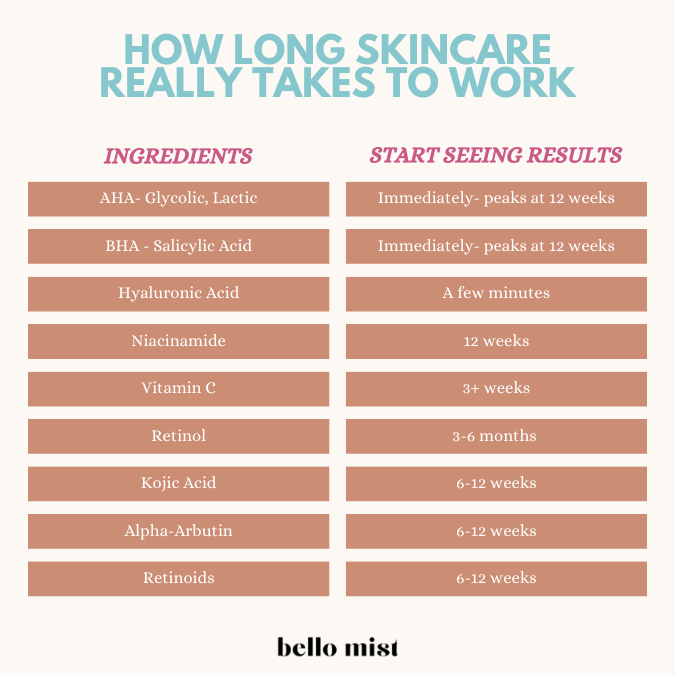
Which goes first: Niacinamide or Retinol?
Now you have the answer to the question: can you mix niacinamide and retinol? You should know which goes first in your skincare routine: niacinamide or retinol.
Knowing the proper order when applying niacinamide and retinol is essential if you want the best results. If you’re not applying them simultaneously, you should use niacinamide in the morning and retinol in the evening.
If you want to use both of them together, I recommend doing it in the evening to prevent any potential sensitivity to the sun due to retinol. The ideal way to combine these two ingredients is to put niacinamide first.
Studies have shown that using niacinamide first can help your skin become more used to retinol and avoid irritation.
5 Best products containing retinol and niacinamide
Can you mix niacinamide and retinol? What are the products that contain niacinamide and retinol?
The list of products that contain both niacinamide and retinol includes the following, which you can purchase online:
1. InstaNatural Age Defying and Skin Clearing Serum
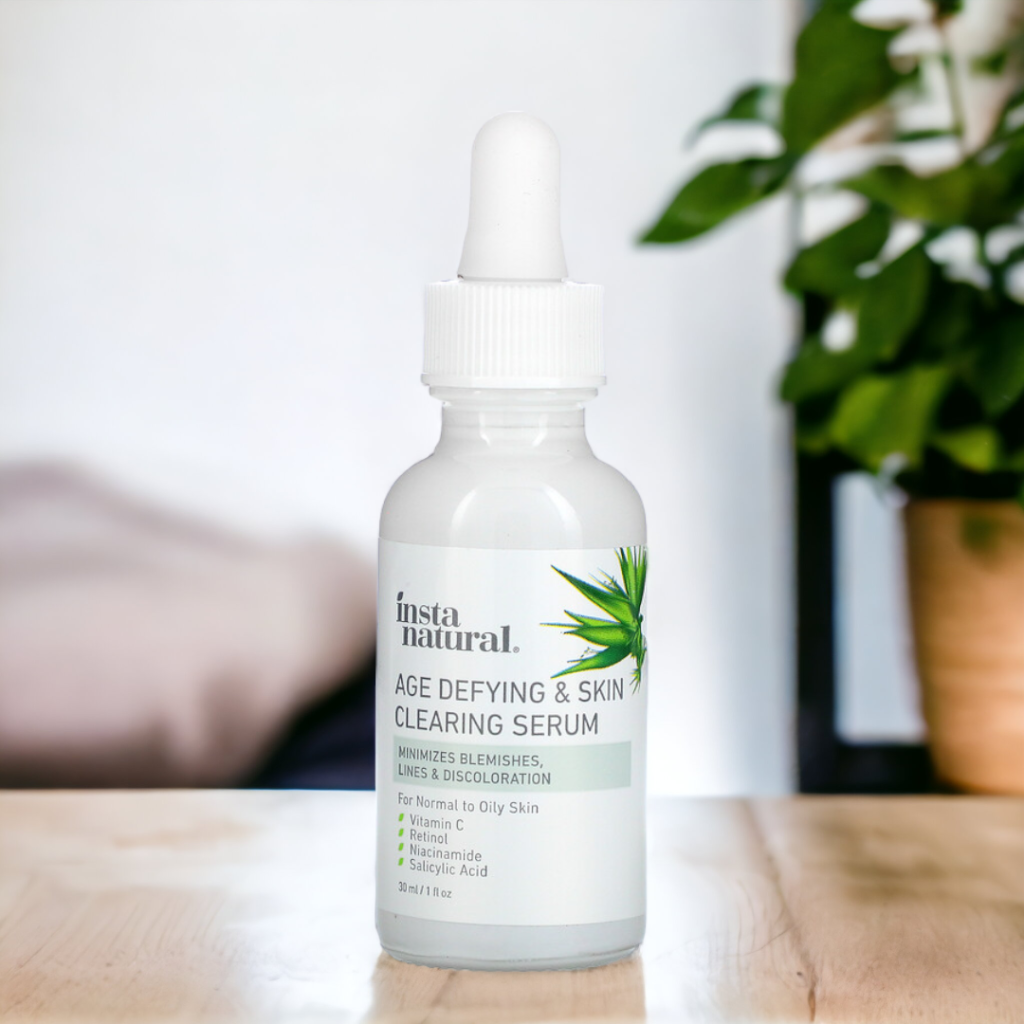
This product includes niacinamide and vitamin C to help lighten dark spots, retinol to diminish the formation of fine lines, and salicylic acid to clear imperfections.
Check out the price on Walmart
2. TruSkin Vitamin C-Plus Super Serum
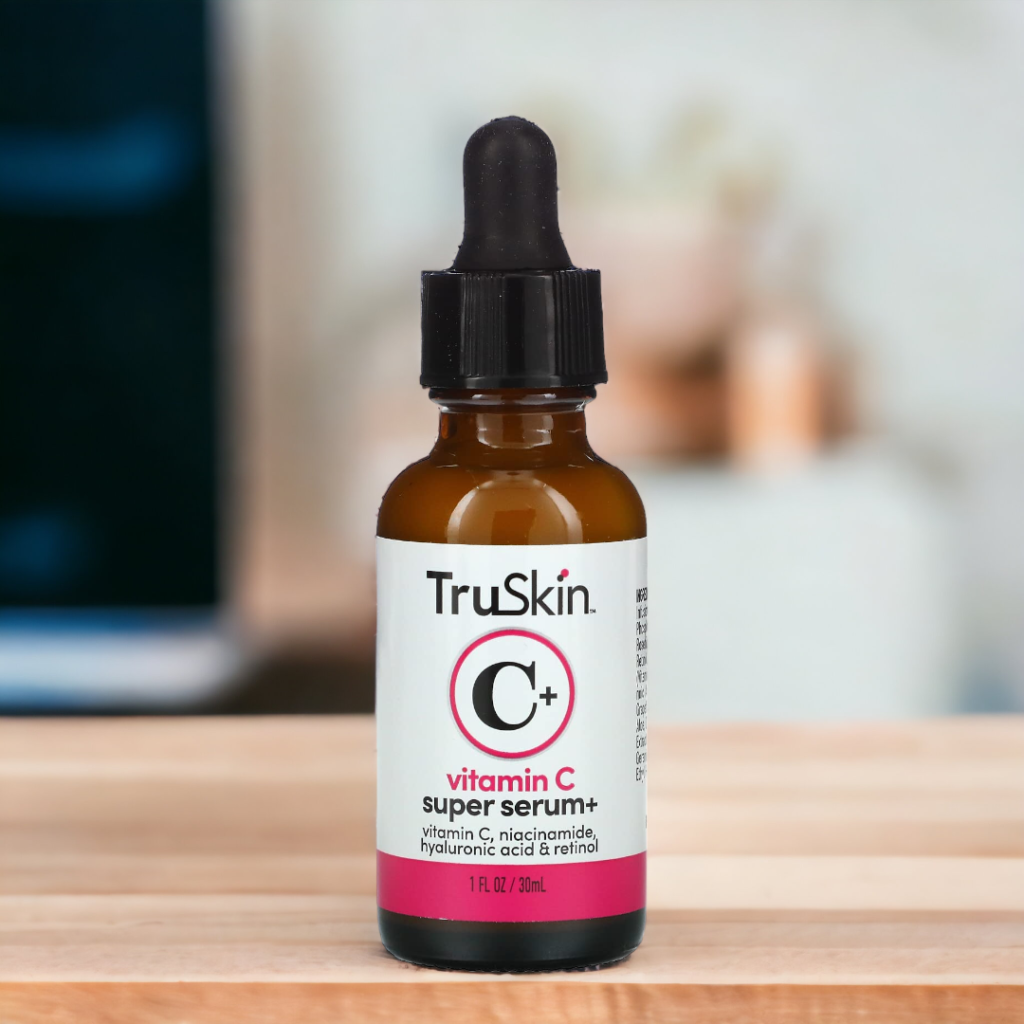
This popular product contains 2.5% retinol, 3.5% niacinamide, vitamin C, hyaluronic, and salicylic acid. It is suited to all skin types.
Check out the price on Walmart
Check out the price on TruSkin
3. La Roche-Posay Pure Retinol Face Serum

It blends pure retinol and gradual-release retinol for anti-aging effectiveness, as well as vitamin B3 (niacinamide) and glycerin.
Check out the price on La Roche-Posay
Check out the price on Walmart
4. QRxLabs Niacinamide + Retinol Serum

It has 5% niacinamide, 1% retinol, hyaluronic acid, vitamin E, and jojoba oil. Hyaluronic acid aids in keeping your skin hydrated.
Check out the price on QRxLabs
5. Eva Naturals Skin Clearing Serum
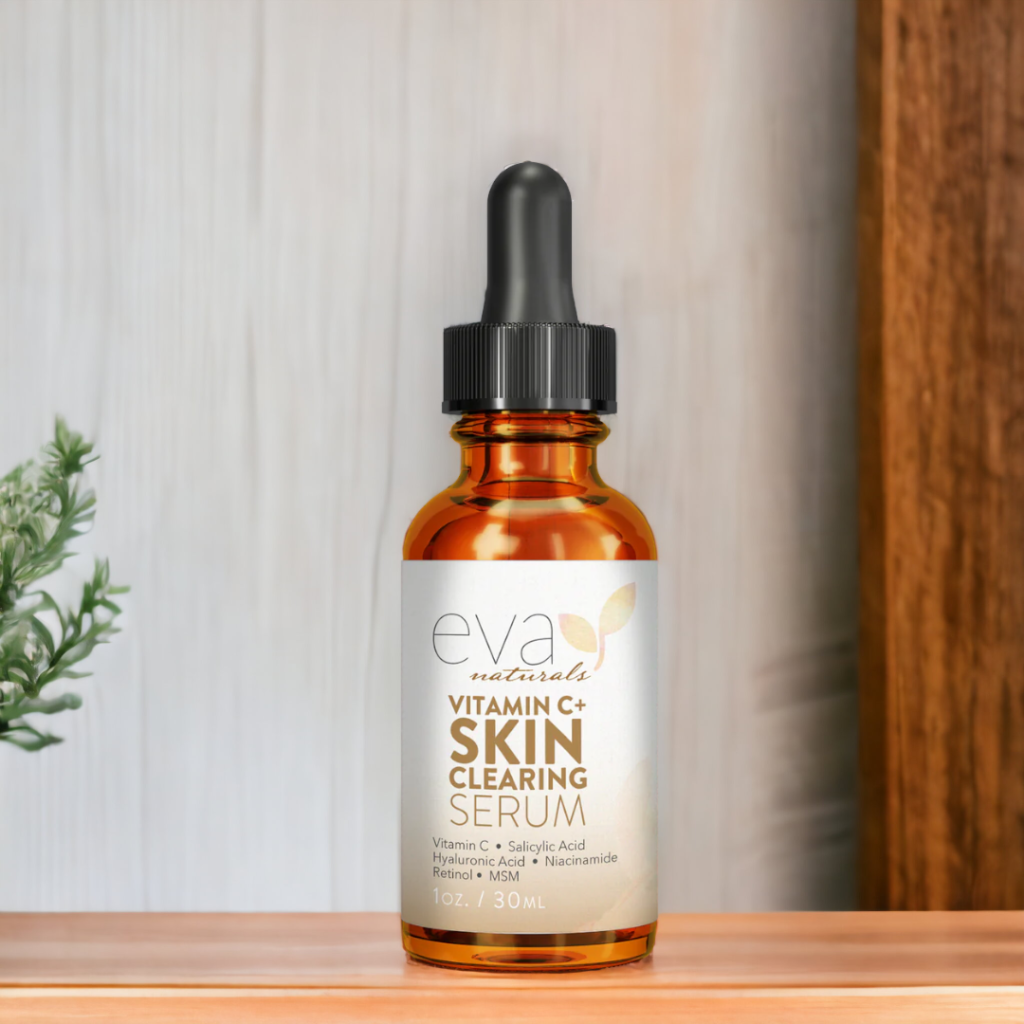
This vitamin C serum includes 2% retinol and 3.5% niacinamide, hyaluronic acid, and salicylic acid. Vitamin C helps to brighten skin and remove dark spots.
Check out the price on Evanaturals
My top choice: La Roche-Posay’s Retinol B3 Serum Makes Sensitive Skin Glow
This dynamic duo of niacinamide and retinol creates a powerhouse of anti-aging benefits. Perfect for those looking to soften and moisturize the skin, this pairing is an ideal choice as the two ingredients complement each other. Additionally, niacinamide helps to negate any drying effects from the retinol.
Wrapping Up
Niacinamide is an ideal skin care solution for reducing wrinkles, age spots, and blemishes. Retinol is a more potent alternative, but it can be pretty harsh – causing irritation, redness, and dryness.
So, can you mix niacinamide and retinol? Combining the two ingredients is a safe and effective way to leverage the benefits of retinol while minimizing its adverse effects.
Niacinamide helps keep the skin hydrated, thus reducing the chance of irritation due to retinol. You can get both components in the same product or use them individually; just be sure to adhere to the product’s instructions and use them sparingly.
Hopefully, this guide helps to answer your query: Can you mix niacinamide and retinol?
Read More
How to use Glycolic Acid and Vitamin C for flawless skin?
How to combine Glycolic Acid and Niacinamide for maximum results?
How to combine Salicylic Acid and Niacinamide for clear skin?
How to use Azelaic Acid and Vitamin C for flawless skin?
Can Hyaluronic Acid cause acne? Here’s what you need to know
Does Niacinamide cause purging or not? Uncovering the truth
Lactic Acid and Retinol: The miracle duo for flawless skin
Combining Azelaic Acid and Retinol: Benefits and how to use it safely
